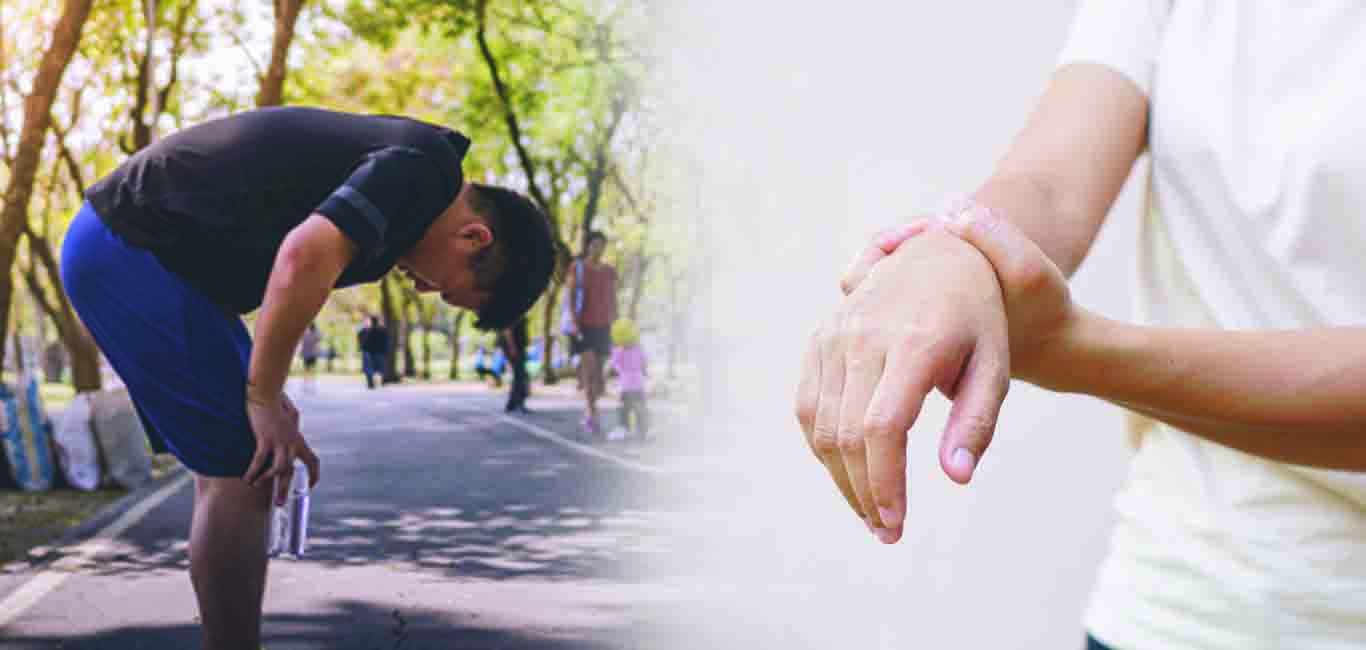
A new study says the severity of Amyotrophic Lateral Sclerosis (ALS), the progressive nervous system disease, in people can be found by getting a clinical picture of their brain flexibility during its resting state (absence of external stimuli).
The study led by Arianna Polverino of the Institute of Diagnosis and Care Hermitage Capodimonte, identified unique brain signal patterns called ‘functional repertoire’, using a wearable helmet-like brain scanner called magnetoencephalography.
By analysing these patterns, they could predict the severity of the condition and check the brain’s ability to respond to external stimuli, which manifest as muscular movements.
The study was published in the journal Neurology on September 30.
ALS is a progressive disease affecting the brain and spinal cord nerve cells. When the nerve cells die, they lead to hardening and scarring (sclerosis), causing the brain to lose its ability to control muscle movements like moving, speaking, eating and breathing.
“People can struggle with motor tasks during the scans. This new method, instead, can be applied to the brain at rest, making it easier for the people and more consistent,” said Pierpaolo Sorrentino, another author of the study, in a statement.
A healthy brain is more flexible and can respond to tasks better. The brain’s flexibility can be captured in the form of signals called ‘neuronal avalanches.’ These avalanches spread in different patterns across different parts of the brain. The unique set of patterns formed over time or functional repertoire can give the measurement of brain flexibility.
First, the researchers hypothesised that people with ALS can have less brain flexibility, which, in turn, must be causing functional disability in them. To test this hypothesis, they used a magnetoencephalography system to compare the brain signal patterns in 84 people (42 with ALS and 42 without ALS) at the University Parthenope in Naples, Italy.
The researchers observed that people with lesser unique brain patterns showed more severe functional disabilities. In contrast, people with better unique brain patterns indicated more brain flexibility and better movement function, thus proving the hypothesis. According to the scientists, the study’s prospect will be to use this non-invasive method to track the evolution of ALS disease and adjust the treatment option.
“The ultimate goal is to apply the predictive power of the functional repertoire in personalised medicine, perhaps extending the same approach to brain dynamics to other, large-scale applications,” said Arianna Polverino of the Institute of Diagnosis and Care Hermitage Capodimonte, lead author of the study in the statement.
This study is a collaborative effort of Institut de Neurosciences des Systèmes, Marseille, France, with Consiglio Nazionale delle Ricerche, Parthenope University of Naples, and Institute of Diagnosis and Care Hermitage Capodimonte in Naples, Italy and the Monash University in Melbourne, Australia and comes under the Human Brain Project.

















